LGBTQ+, Disabilities, and Healthcare
While any LGBTQ+ community member can have any type of disability, one study from the Trevor project highlighted common disabilities among LGBTQ+ young people ages 13-24. In their study, nearly 1/3rd (29%) of LGBTQ+ young people identified as someone with a disability. Below are some statistics on the breakdown of these disabilities:
Mental Health Disorder: 72%
ADHD: 48%
Developmental/Learning Disorder: 32%
Physical Disability: 28%
Autoimmune Disorder: 10%
Oppositional Defiant Disorder: 3%
In comparison, 8% of the general population of young people ages 18-35 report having a disability. Cognitive disabilities were the most common at 10%. It’s important to note that research is still ongoing so these statistics may not fully be developed.
Access to healthcare has been a challenge for both LGBTQ+ people and people with disabilities. For people with disabilities, an inaccessibility to healthcare facilities, equipment, and transportation can be common. Additionally, healthcare professionals caring for people with disabilities may have knowledge gaps about language and specific healthcare needs. Similarly to people with disabilities, knowledge gaps may occur in healthcare professionals caring for the LGBTQ+ community. With these two intersectionalities, healthcare professionals should seek to learn how to best care for this community. Here are some examples of language usage for people with disabilities:
Use person first language. A person with disabilities is an individual before their disability. For example; say “a person who uses a wheelchair” instead of “wheelchair bound” or “a person with disabilities” vs “a disabled person.”
Use identity first language when preferred by the individual. This language is used as a reclamation of disability identity and indicates disability pride. It is most common for autistic people and people in the deaf community but can encompass other disabilities depending on the individual. For example; say “Autistic person” rather than “a person with autism.” Always ask before using identity first language.
Avoid ableist language such as “stupid,” “crazy,” “dumb,” “crippled,” “lame” or phrases such as “I’m OCD about…”
Having healthcare providers understanding and addressing healthcare gaps builds credibility with LGBTQ+ people with disabilities. One survey concluded that 72% of LGBTQ+ people with disabilities avoid discussing their LGBTQ+ identities with their healthcare providers with 9.8% never having disclosed their LGBTQ+ identities. Reasons indicated included negative interactions (fear, distrust, avoidance of care) at 40.1%, dismissal/denial of treatment at 30.5%, and assault/aggressive activity at 4.1%. It is important to disclose this information to a trusted healthcare provider, given that it is a safe space to do so, in order to keep in good health. Benefits of disclosing this information include caring for needs specific to identity, using preferred names/pronouns, and providing additional support for the individual or family members.
Here are some Action Steps for healthcare providers to help build trust:
Ensure that medical equipment is available to people with disabilities such as scales, examination tables, or chairs
Plan for additional time during exams
Communicate on the patients level wherever that may be. Make sure the person is understanding what you are saying. If you are unsure of what they are saying, repeat back what you heard
Always treat the person with a disability as an independent individual. If the person has someone with them for interpretation purposes, still speak directly to the person rather than the interpreter.
Don’t assume that they need help. Always ask before helping or initiating physical contact.
When addressing someone using a wheelchair or other mobility device, offer to shake hands as you would with anyone else and make eye contact at the person’s level.
